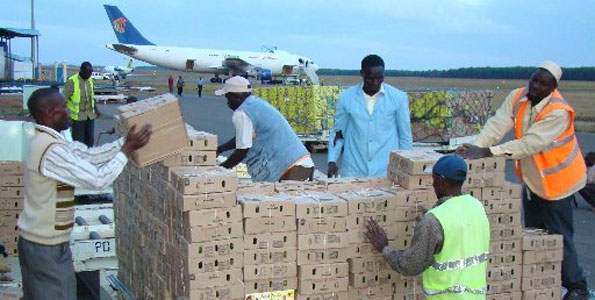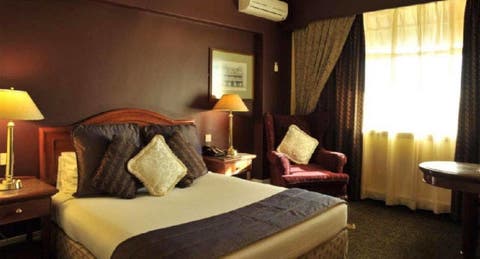MICE tourism boosts Bulawayo room occupancy
BULAWAYO recorded the highest room occupancy levels in the country for the first nine months of the year driven by increased Meetings Incentives Conferences and Exhibition (MICE) tourism.
The MICE industry is regarded as a key feature in tourism recovery and thrives globally as it gives access to international events that can be attracted into the destination, translating into international arrivals. Business tourism connects experts across sectors and is the fastest of all efforts to drive the much-needed economic recovery.
The size of the global MICE industry was $805 billion in 2017 and is projected to reach $1,439 trillion in 2025, according to Allied Market Research 2017.
According to the Destination Zimbabwe’s Tourism Performance report for January to September, Bulawayo region recorded the highest percentage point change in average room occupancies at 31 percent followed by Victoria Falls (24 percent) and Masvingo (22 percent).
The report said a massive 1 070 events took place, which attracted over 62 166 participants. Government agencies and non-governmental organisations (NGOs) continued to dominate the MICE business in the region, it added.
“Growth in average room occupancies for the Bulawayo region continued to be propped by MICE activities, which saw the province hosting over 1 070 events, which attracted over 62 166 participants,” reads part of the report.
“Government agencies and NGOs continued to dominate the MICE business in this region.
“Growth in average occupancies also emanated from the diaspora market based especially in South Africa who usually visit during their public holidays.”
The report said in the period under review, Victoria Falls region had the second highest occupancies growth, as a result of renewed interest from international tourists since the removal and easing up of Covid-19 restrictions internationally.
“The period under consideration also saw foreign clientele gain by seven percentage points from 42 percent in 2021 to 49 percent in 2022.”
In general, most regions in the country generated tourism business from the domestic market, which stood at 92 percent.
The report, however, said it was encouraging to note that despite the domestic market remaining the backbone of tourism business, the international market is also beginning to show signs of recovery as can be seen from the four percent gain in the foreign clientele.
On tourist arrivals in the period under review, a 165 percent rise was registered to 693,498 from 261,415 in 2021.
File photo: Some international tourists have a feel of the Victoria Falls light showers in the Rainforest during launch of tourism month by Minister of Environment, Climate, Tourism and Hospitality Industry, Nqobizitha Mangaliso Ndlovu
This is more than double the international arrivals received in the first nine months of 2021 (164,062), the report said.
“It should, however, be noted that this strong performance is measured against weak results in 2021, which was the worst hit by Covid-19.
“Overall, arrivals are still far from reaching the pre-pandemic levels with arrivals for the first nine months being just 41 percent of 1 674 303 arrivals received during the same period in 2019.”
Tourism receipts are estimated to have risen to $579 million from US$244,2 million in 2021, marking a 137 percent rise over the January to September period.-chronicle.cl.zw









